Freestyle skiing is perfect if you're looking for a fun, beginner-friendly winter sport. The key? Choosing the right skis. Shorter, lightweight skis with a soft flex and twin-tip design make learning tricks and turns much easier. Brands like Snowfeet* are leading the charge with compact options that work with regular winter boots, cutting down on cost and hassle. Here’s what to keep in mind:
- Length: Go for skis 10–15 cm shorter than your height for better control.
- Flexibility: Softer skis absorb impacts and are forgiving for new skiers.
- Weight: Lightweight skis reduce fatigue and are easier to handle.
- Twin-Tip Design: Lets you ski backward and try tricks without catching edges.
- Compatibility: Snowfeet* skis work with regular boots - no need for pricey gear.
Snowfeet* products, ranging from 38 cm Mini Ski Skates to 120 cm Skiblades, are ideal for beginners. They’re portable, easy to use, and help you build confidence faster than traditional long skis. Plus, they’re affordable, with prices starting at $150. Whether you’re hitting terrain parks or local hills, these skis make freestyle skiing accessible and fun. :)
The 11 First Tricks to Learn on Skis
Key Features to Look for in Beginner Freestyle Skis
When you're picking out your first freestyle skis, the right features can make all the difference. Things like length, flexibility, weight, and design can really shape your learning experience. Here’s what to keep in mind to make your time on the slopes more fun and rewarding.
Best Ski Length for Freestyle Beginners
Length is a big deal when it comes to freestyle skis, especially for beginners. Shorter skis are easier to control and more forgiving when you're trying out new tricks. While traditional brands lean toward longer skis, Snowfeet* offers ultra-short options. A good rule of thumb? Choose skis that are 10–15 cm shorter than your height. So, if you’re 5'8" (173 cm), look for skis in the 158–163 cm range. Shorter skis make quick turns and tricks easier, which is perfect when you're just starting out. While longer skis provide stability at high speeds, shorter ones are more beginner-friendly and pair well with softer designs.
Flexibility: Softer Skis for Easier Learning
Flexibility is another key factor. Softer skis, which generally have a lower flex rating, are more forgiving. They respond better to small movements and help absorb impacts when you’re landing jumps or spins. Snowfeet* designs its skis with beginner-friendly flex patterns to make your learning curve smoother. This extra give not only reduces the chance of harsh landings but also keeps your legs from tiring out too quickly. That means you can stay on the slopes longer and improve faster.
Lightweight Construction for Better Maneuverability
Weight matters, too. Lightweight skis are easier to handle, especially when you're still mastering the basics. They reduce fatigue and make it simpler to control your speed, turn, or try out freestyle moves. Snowfeet* focuses on ultra-compact, lightweight designs, making their skis much easier to maneuver than the heavier models from traditional brands like Rossignol or Head. For beginners, this lighter feel can be a game-changer.
Twin-Tip Design for Versatility
Twin-tip skis, with their upturned ends, are perfect for freestyle skiing. They let you ski backward, land jumps in either direction, and experiment with tricks without worrying about catching an edge. Snowfeet* incorporates this design across its lineup, from the compact 44 cm Skiskates to the longer 120 cm Short Skis. This versatility makes twin-tip skis a great choice for beginners looking to explore different styles and tricks as they improve.
Ease of Use and Compatibility
One of the biggest hurdles for beginners is dealing with compatibility issues. Traditional skis from brands like Elan or Head often require special ski boots, which can be pricey and might need professional fitting. Snowfeet* solves this problem by designing skis that work with regular winter boots, snowboard boots, or ski boots. This flexibility means you can hit the slopes with the gear you already have. Plus, their compact size makes them super portable - no need for bulky roof racks or oversized bags. Snowfeet* skis can fit right into a backpack, making your first freestyle skiing experience both convenient and accessible.
How Snowfeet* Skis Beat Long Skis and Snowboards
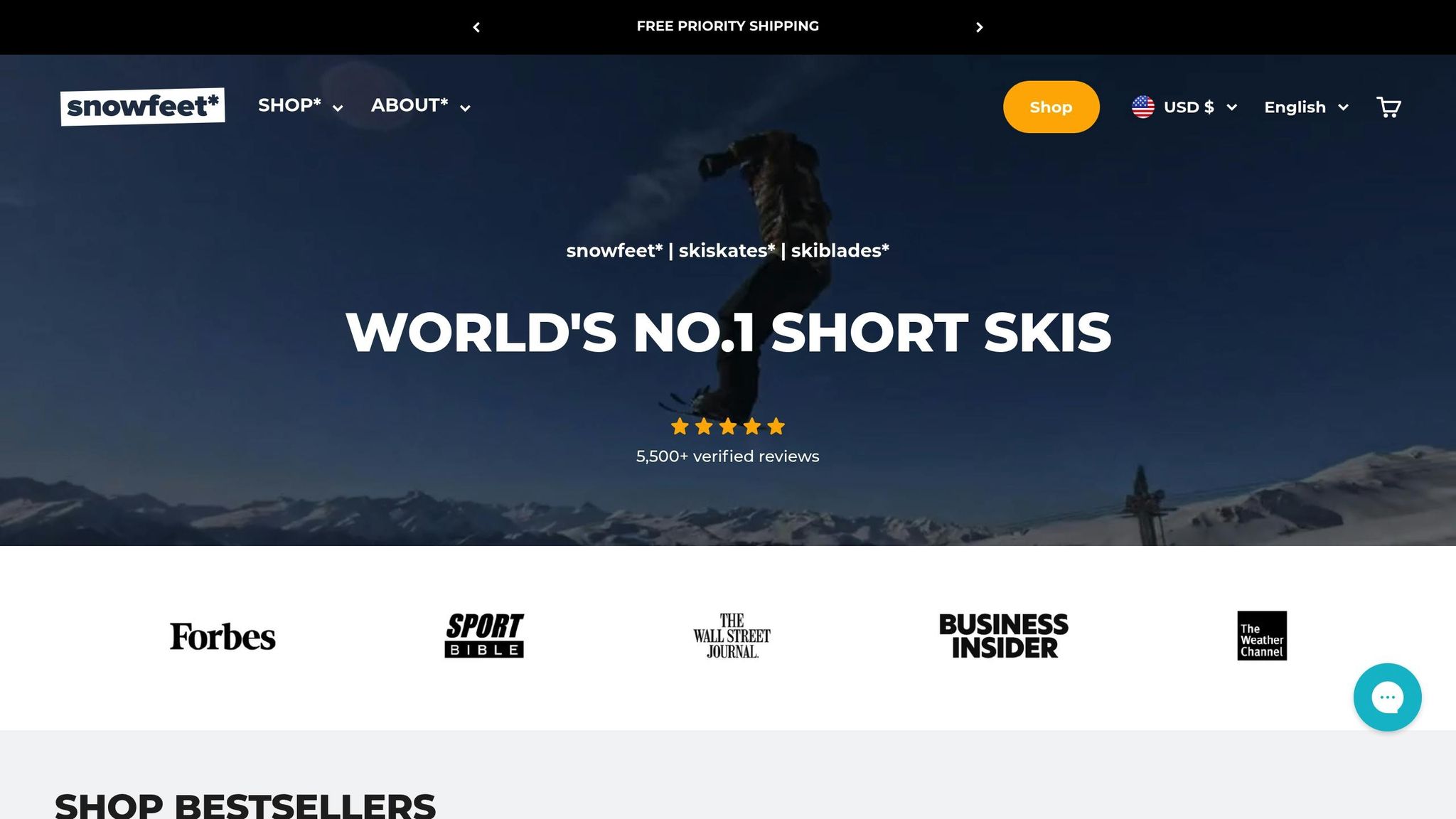
Starting out in freestyle skiing can be a bit intimidating, especially when it comes to picking the right gear. While traditional long skis from big-name brands might seem like the obvious choice, Snowfeet* short skis bring some clear perks to the table. These short skis are designed to help beginners build skills and confidence faster, making them a game-changer for anyone new to the sport.
Comparing Snowfeet* to Long Skis
Let’s break it down. Here’s how Snowfeet* stacks up against traditional long skis:
| Feature | Snowfeet* (44–120 cm) | Traditional Long Skis (Rossignol, Atomic, Head) |
|---|---|---|
| Learning Curve | Quick and easy to pick up | Steeper, requiring precise technique |
| Portability | Small enough to fit in a backpack | Bulky and needs roof racks or ski bags |
| Maneuverability | Great for tricks and sharp turns | Less agile, harder to control |
| Boot Compatibility | Works with winter, snowboard, or ski boots | Requires specific ski boots |
| Weight | Extremely lightweight | Heavier due to wood-core construction |
| Versatility | Perfect for slopes, parks, trails, or local hills | Best suited to groomed slopes |
| Storage | Compact and easy to store | Needs dedicated storage space |
Thanks to their ultra-light materials, Snowfeet* are not only durable but also incredibly easy to handle compared to heavier wood-core skis. This design makes them a standout choice for simplifying the learning process.
Why Short Skis Work Better for Beginners
The compact design of Snowfeet* isn’t just convenient - it actually makes learning easier. Unlike long skis, which demand precise technique and can punish mistakes, Snowfeet* are more forgiving. Their shorter length reduces leverage against your movements, making it easier to turn and practice freestyle maneuvers without feeling overwhelmed.
Another big plus? Snowfeet* have a wider base, which means better stability. This extra support is a lifesaver when you’re landing jumps or trying out spins for the first time. Instead of struggling with your gear, you can focus on having fun and improving your skills.
Snowfeet* are also incredibly versatile. Whether you’re hitting the slopes, exploring a snowpark, hiking snowy trails, or even playing around on a hill in your neighborhood, these short skis have you covered. You’re not tied down to pricey ski resorts - you can practice wherever the snow takes you.
And let’s talk about the adjustable bindings. Snowfeet* Skiboards are designed to fit a wide range of boot sizes (36–49 EU for ski boots or 38–49 EU for snowboard boots). This means you can often use boots you already own, saving you money and ensuring you’re comfortable on the slopes.
Finally, Snowfeet* have an intuitive design that makes them super responsive. Every movement you make translates directly to the snow, helping you build confidence and progress faster than you would with traditional long skis. For beginners, this can make all the difference in turning frustration into fun.
Best Snowfeet* Products for Beginners
Getting started with freestyle skiing? Picking the right Snowfeet* gear can make all the difference. These beginner-friendly options focus on control, safety, and ease of use, while also offering unique perks depending on your style and goals.
Snowfeet* Mini Ski Skates (38 cm & 44 cm)
Think of these mini ski skates as a cross between skiing and skating. At just 38 cm and 44 cm, they’re compact enough to throw in a backpack and take anywhere.
The Carbon Fiber edition is ideal for beginners. Why? It’s designed to provide a slower, more controlled ride, giving you time to master your movements. Plus, the durable carbon fiber construction ensures they’ll handle plenty of practice sessions.
Safety is a top priority here. These skates come equipped with metal ski edges for smooth stopping, a heel brake for better speed control, and a wider base to help with stability and balance. They’re also super versatile when it comes to footwear. The regular model fits US sizes 6–13 (38–47 EU), while the MINI version works for EU sizes 27–38 (US Kids 10 to Adult 6). While you can use them with your regular boots, waterproof shoes that firmly secure your ankle are highly recommended.
With a glowing 4.90 out of 5 rating from 2,235 reviews, it’s clear these are a hit among beginners. One happy user, Scott Dooiey, shared his experience:
"Used them last weekend loved them I had so much fun 69 years old very easy to ski on. My grandsons both tried them they were shredding the terrain park. I'll be ordering more for next season for sure. A great product."
Once you’ve mastered the basics with these, you might want to move up to the Snowfeet* Skiblades for even more versatility.
Snowfeet* Skiblades (65 cm, 99 cm, 120 cm)
If you’re ready to take your freestyle skills to the next level, the Skiblades are a fantastic choice. These shorter, lighter skis are all about agility and ease of movement, making them a great alternative to traditional long skis from brands like Rossignol or Atomic.
- 65 cm Skiblades: Perfect for quick turns and a skate-like experience. These are a natural progression from the Mini Ski Skates.
- 99 cm Skiblades: A great middle ground, offering a balance of control and stability. These work well across different terrains.
- 120 cm Skiblades: If you’re looking for something closer to traditional skis, this is the one. They offer extra stability while still being lightweight enough to reduce fatigue.
All three models are versatile and perform well on groomed runs, moguls, or even in terrain parks. Plus, their compact design helps keep you energized for longer sessions.
Pricing Overview for Snowfeet* Skis
Snowfeet* products are not just performance-driven - they’re also budget-friendly. Here’s a quick look at the pricing:
- Mini Ski Skates start at $150
- 65 cm Skiblades: $450
- 99 cm Skiblades: $490
- 120 cm Skiblades: $690
What’s great is that you don’t need to splurge on specialized boots. Snowfeet* works with gear you likely already have, making it a cost-effective option for freestyle skiing enthusiasts.
sbb-itb-17ade95
Practical Tips for Getting Started with Freestyle Skis
Picking the right freestyle skis, keeping them in good shape, and building your skills on the slopes are all essential steps to having a great experience.
Choosing the Right Ski Length
Getting the right ski length is a simple but important step, especially if you're just starting out. Shorter skis are easier to control and turn, making them a great choice for beginners.
Here’s a quick guideline: when you stand next to the ski, it should reach somewhere between your chin and forehead. If you’re new to skiing, aim for chin height - it’s more manageable. Factors like your height, weight, and skill level also matter[19, 20]. For instance, if you’re on the heavier side, slightly longer skis can provide extra stability. Keep in mind, shorter skis are more agile, while longer skis are steadier at high speeds but harder to maneuver in tight turns.
Snowfeet* products make this decision even easier. With sizes ranging from 38 cm Mini Ski Skates to 120 cm Skiblades, you can start small and work your way up as your confidence grows. For beginners, the 65 cm Skiblades strike the perfect balance between control and stability. Plus, their low-maintenance design means less hassle and more time enjoying the slopes.
Maintenance Tips for Long-Lasting Performance
Taking care of your Snowfeet* skis is straightforward and keeps them running smoothly.
-
Wax regularly: This improves glide and prevents snow from sticking. As the Snowfeet* team puts it:
"We recommend waxing the base regularly to make Snowfeet* and Skiskates even faster and prevent snow from sticking to the base."
- Keep edges sharp: Use a tuner or visit a ski shop to maintain sharp edges, which are crucial for control - especially on icy terrain or while trying new tricks.
-
Dry and oil edges after use: After each session, dry the edges thoroughly to prevent rust. Applying a bit of oil before storing them is also a good idea.
"When you are done using Snowfeet*, make sure you dry the edges so they don't get rusty before you put them into your backpack and store them. You can also wipe the edges using oil before storage."
-
Apply storage wax: At the end of the season, coat the bases with a thick layer of wax to protect them during the off-season. Don’t forget to scrape it off before your first run next winter. As Ben S. from Powder7 Ski Tech explains:
"Storage wax is important to make sure the bases stay hydrated and protected, and keeps them in healthier shape when you're ready to go ski."
- Fix damage quickly: Repair any chips or dings promptly to stop water from getting into the core.
Building Confidence on the Slopes
Keeping your skis in top shape ensures they perform well, which can boost your confidence as you work on your skills.
Freestyle skiing isn’t about going big right away. Start small and progress gradually to stay safe and build your abilities.
- Master the basics first: Learn foundational movements before diving into tricks. Taking a freestyle class or skiing with an experienced friend can help you nail proper techniques.
- Wear safety gear: A good helmet and protective equipment are non-negotiable. Some skiers even use helmet communication devices for real-time coaching[24, 26].
- Learn to ski backward: Practice controlling your skis, keeping them parallel, and checking over your shoulders to stay aware of your surroundings.
- Work on jumps: Start with small jumps and focus on spotting your landing - look ahead to where you want to land. Building aerial awareness is key, and practicing on a trampoline or at indoor facilities can help.
Snowfeet* skis are a great choice for beginners because of their lightweight design. They help reduce fatigue, allowing you to practice longer, and their shorter length makes them less intimidating when you’re learning to control your movements. Start with easy air maneuvers like shiftys, spread eagles, or tail taps to improve your control. Don’t forget to stretch before hitting the park and review the safety signs at park entrances.
With Snowfeet*, you’ll find it easier to focus on building your skills without feeling overwhelmed, making every session on the slopes more enjoyable.
Conclusion: Why Snowfeet* Is Ideal for Beginner Freestyle Skiers
Starting out in freestyle skiing can feel intimidating, but Snowfeet* short skis make the process a whole lot easier - and, honestly, more fun. Unlike the longer skis from brands like Rossignol, Atomic, or Head that can be tough for beginners to handle, Snowfeet* is designed with newcomers in mind.
Thanks to their lightweight build and compact design, Snowfeet* skis are much easier to control. With lengths ranging from 44 cm to 120 cm, they’re perfect for helping beginners gain confidence without the frustration of wrestling with bulky, heavy gear. This means you can focus on learning and improving, not just staying upright.
Another big plus? These skis come with a softer flex, which helps absorb bumps and reduces mistakes as you learn the ropes. The twin-tip design adds even more versatility, letting you try out both forward and backward moves right from the start. That’s something you won’t get with traditional skis, and it makes the learning process way more exciting.
But let’s not forget the fun factor. Snowfeet* skis bring a playful vibe back to freestyle skiing. Their compact size makes it easier to experiment with tricks, quick turns, and jumps, keeping beginners engaged and motivated to keep going.
And here’s the cherry on top: they’re super practical. You can toss them into a backpack, stash them in a small closet, or transport them without needing special ski bags or roof racks. That means fewer hurdles to getting started and more time enjoying the slopes.
FAQs
Why are Snowfeet* skis a better choice for beginners compared to traditional long skis?
Why Snowfeet* Skis Are Great for Beginners
Snowfeet* skis bring some serious perks for those new to skiing, making them an awesome alternative to traditional long skis. First off, their shorter length - available in 44 cm, 65 cm, 99 cm, and 120 cm - makes controlling them way easier. This helps beginners feel more confident and pick up techniques faster without feeling overwhelmed. Plus, their lightweight build means less fatigue, so you can enjoy longer sessions on the slopes without burning out. And let’s not forget how compact and portable they are. These skis can easily fit in a backpack or car trunk, making them super convenient to carry around.
Now, if you’ve ever looked at traditional skis from brands like Rossignol or Atomic, they can seem a bit intimidating, especially for beginners. Snowfeet* skis, on the other hand, focus on fun, easy maneuverability, and versatility. They’re perfect for playful freestyle runs and give you a more relaxed, less restrictive way to explore the slopes. Whether you're learning the basics or just experimenting, Snowfeet* skis make the whole process a lot more enjoyable. For those just starting out, they’re a total game-changer!
What types of boots work with Snowfeet* skis, and why is this compatibility beneficial for beginners?
Snowfeet* skis are designed to pair effortlessly with standard winter or snowboard boots, covering a wide size range (US 4.5–14.5). What’s great about this is you can stick with your current boots - no need to splurge on specialized ski gear. Plus, the adjustable bindings are tool-free, making it super easy to secure different boots. Talk about convenience!
For beginners, this setup is a game-changer. Unlike traditional skis that often demand heavy, specific equipment, Snowfeet* skis are lightweight, portable, and simple to use. They’re a fantastic option for anyone dipping their toes into freestyle skiing for the first time.
Why is a twin-tip design beneficial for beginner freestyle skiers, and how does it help them improve?
Why Twin-Tip Skis Are Perfect for Beginner Freestyle Skiers
The twin-tip design is a total game-changer for anyone starting out in freestyle skiing. Why? Because it lets you ski and land in both forward and backward directions. This makes learning tricks, spins, and skiing switch (a fancy way of saying skiing backward) way easier. Plus, twin tips give you better control and help prevent those dreaded edge catches, so you can build confidence and try new moves without feeling like you’re constantly wiping out.
Now, let’s talk about how Snowfeet steps things up a notch. Unlike traditional skis from big names like Rossignol or Atomic, Snowfeet’s shorter freestyle skis - like their Skiblades (available in 65 cm, 99 cm, and 120 cm) and Skiskates (just 44 cm) - take twin-tip versatility to a whole new level. These shorter skis are lightweight, super easy to maneuver, and give you more control, which makes them ideal for beginners. They’re playful, portable, and perfect for mastering the basics of freestyle skiing. With Snowfeet, you’ll find learning smoother, easier, and, honestly, way more fun!

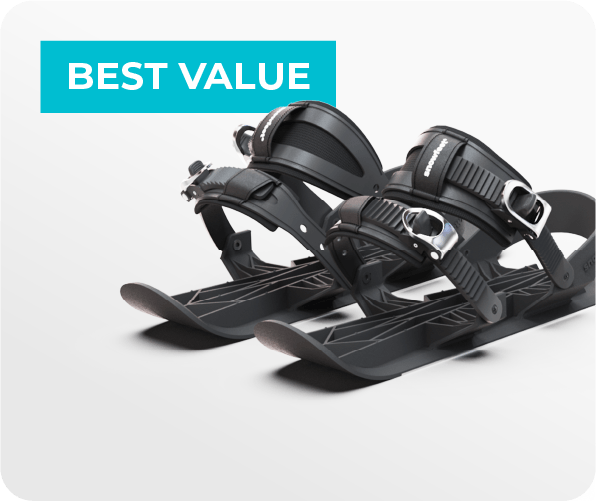



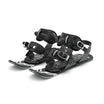
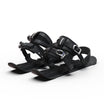
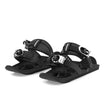
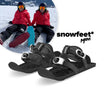
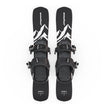
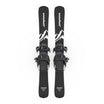

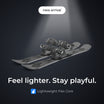
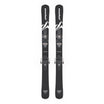
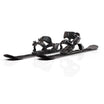
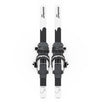


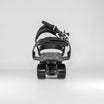

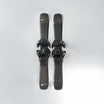

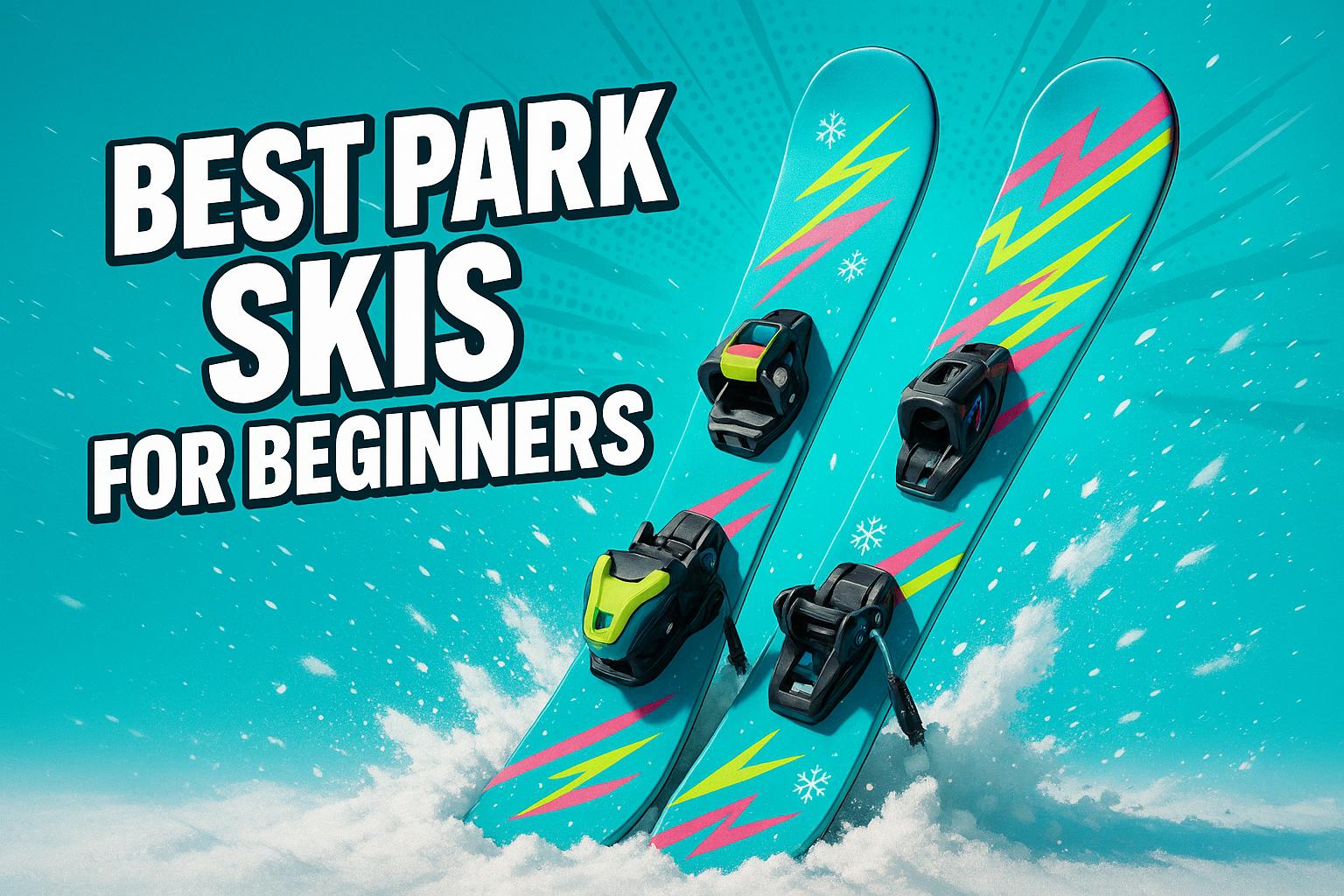
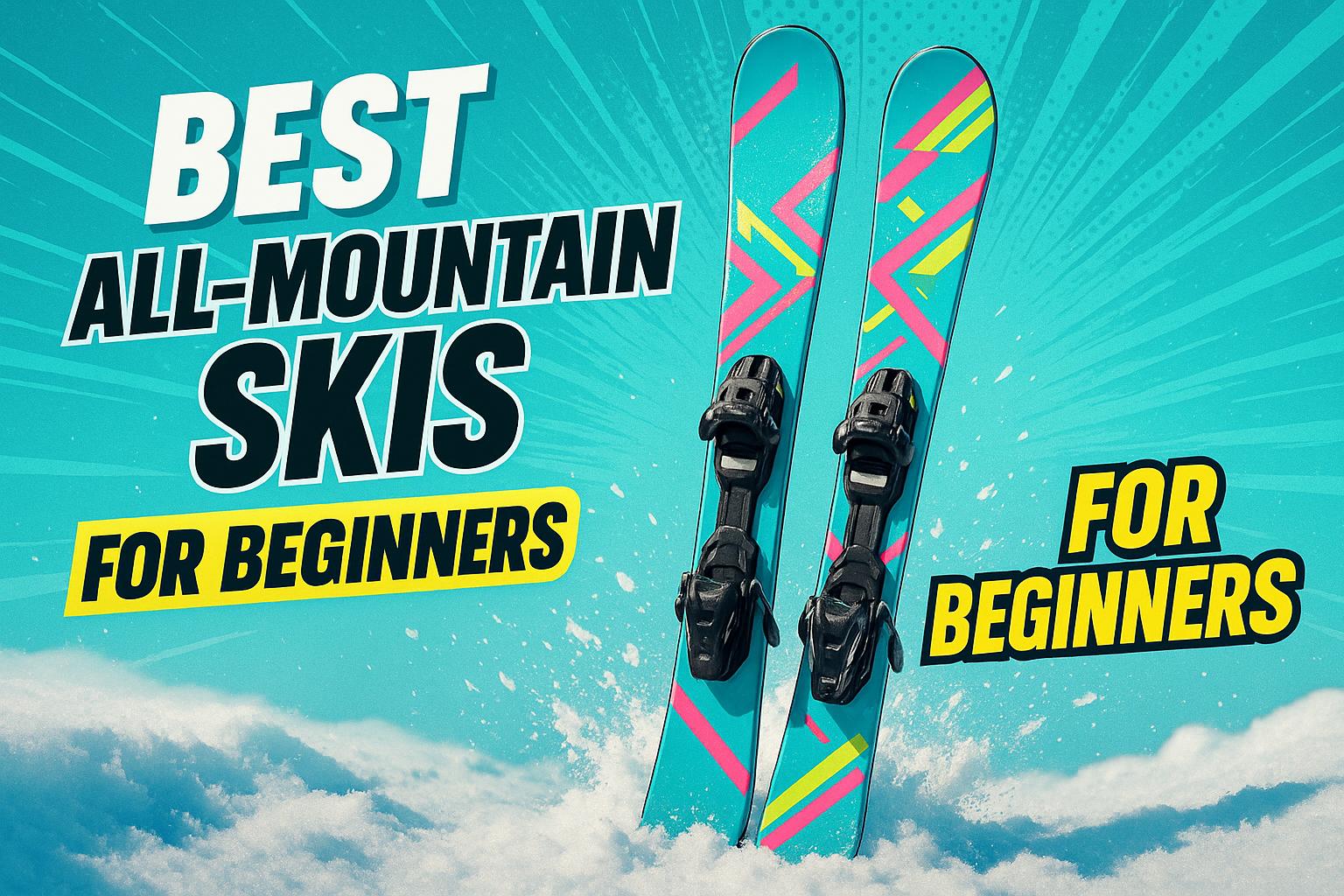
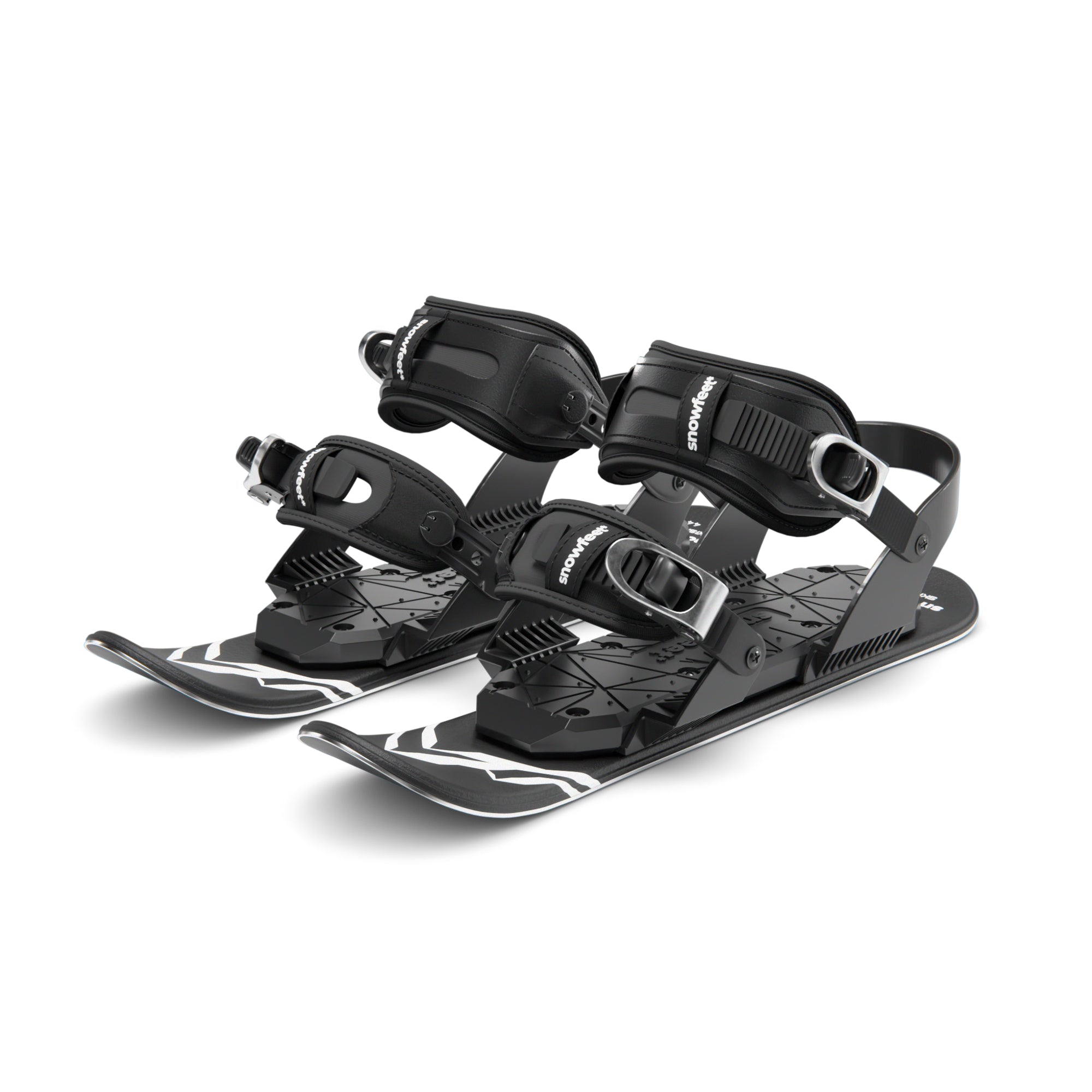

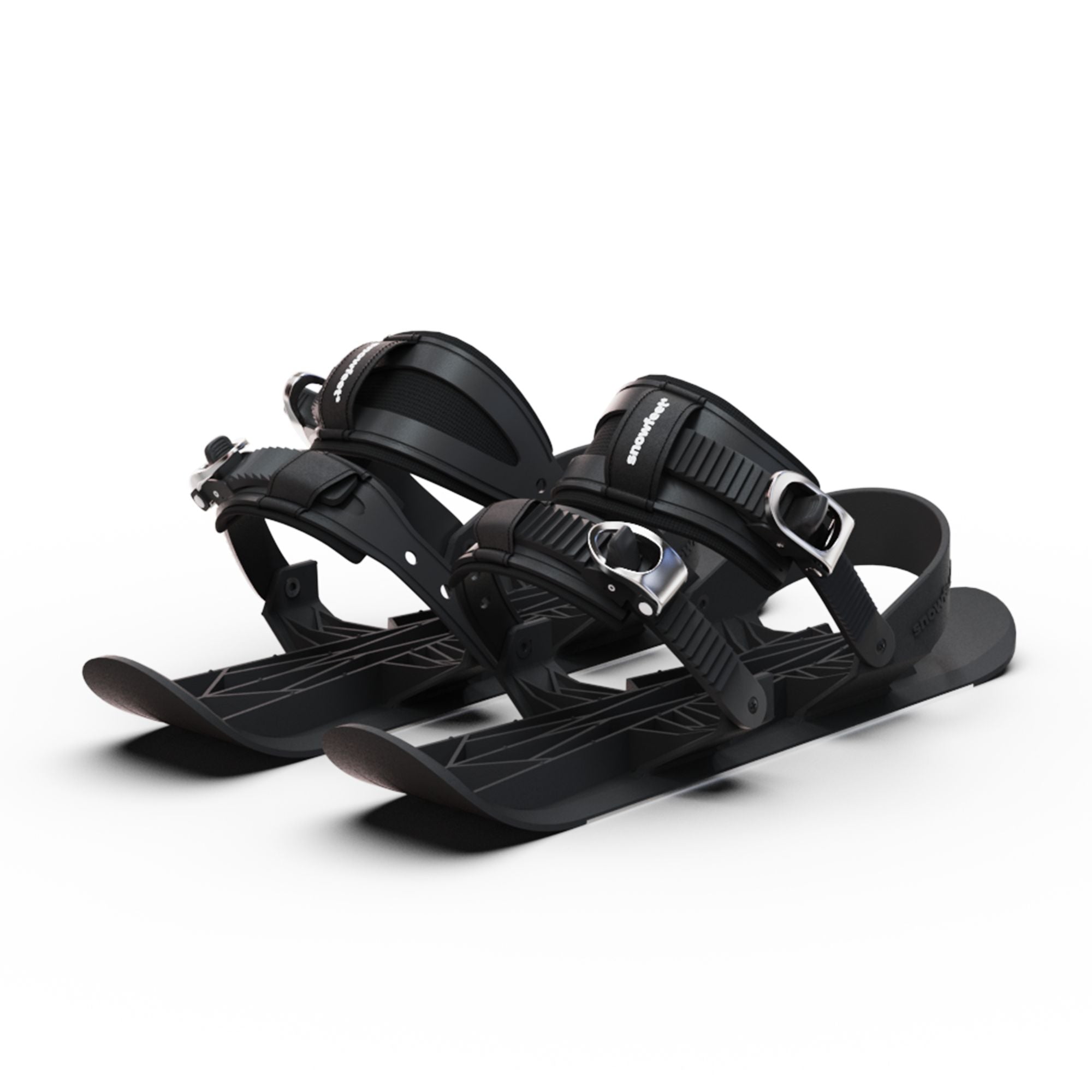
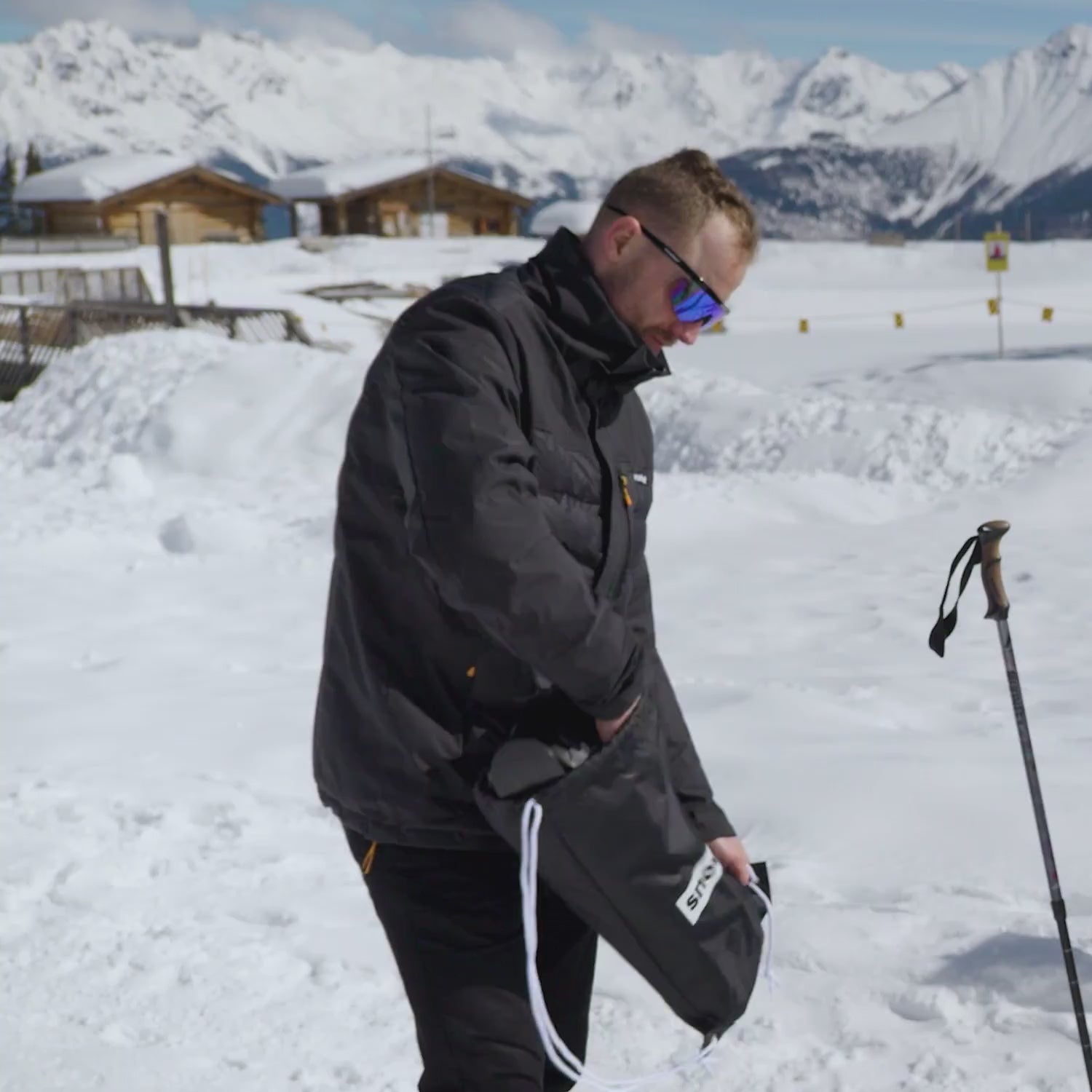
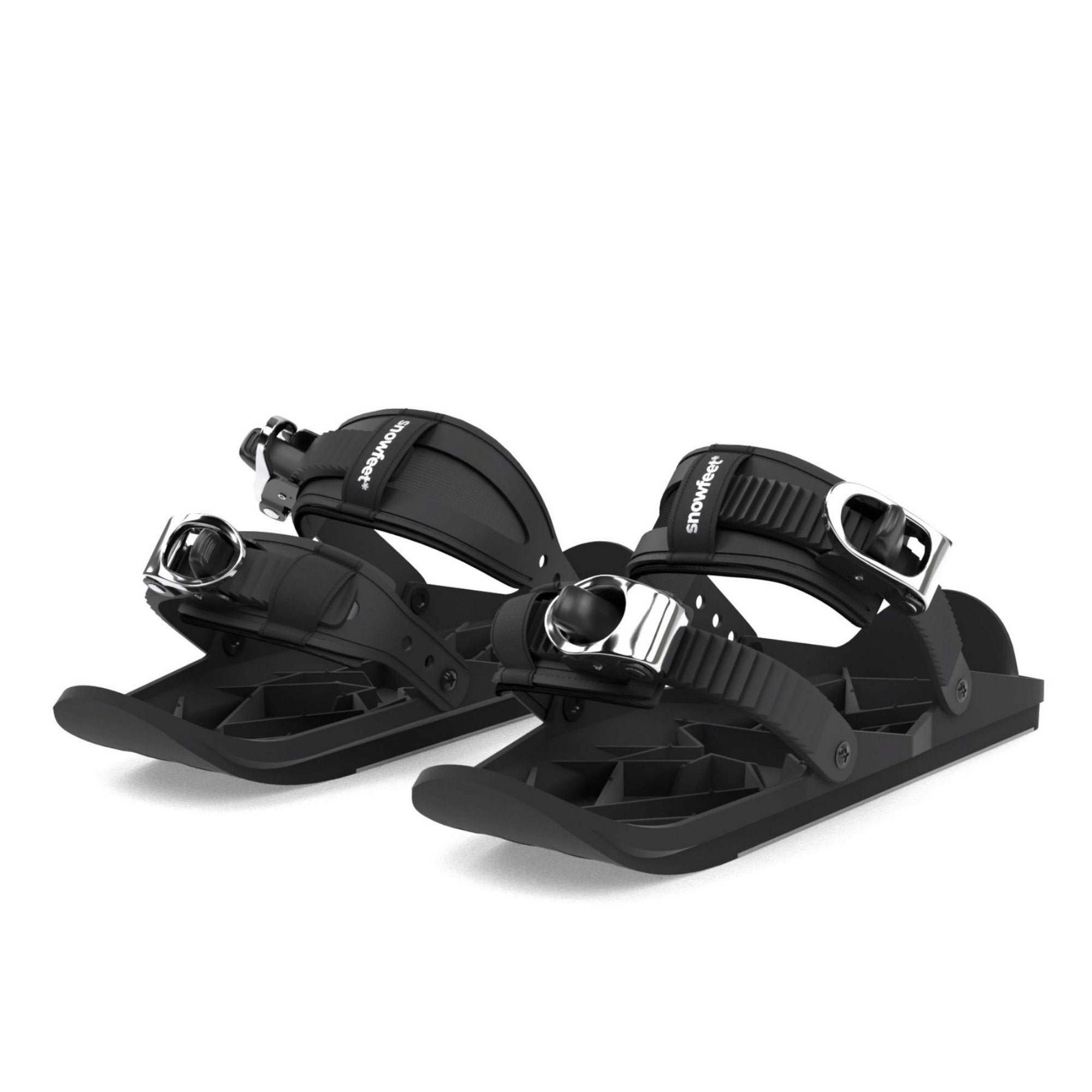
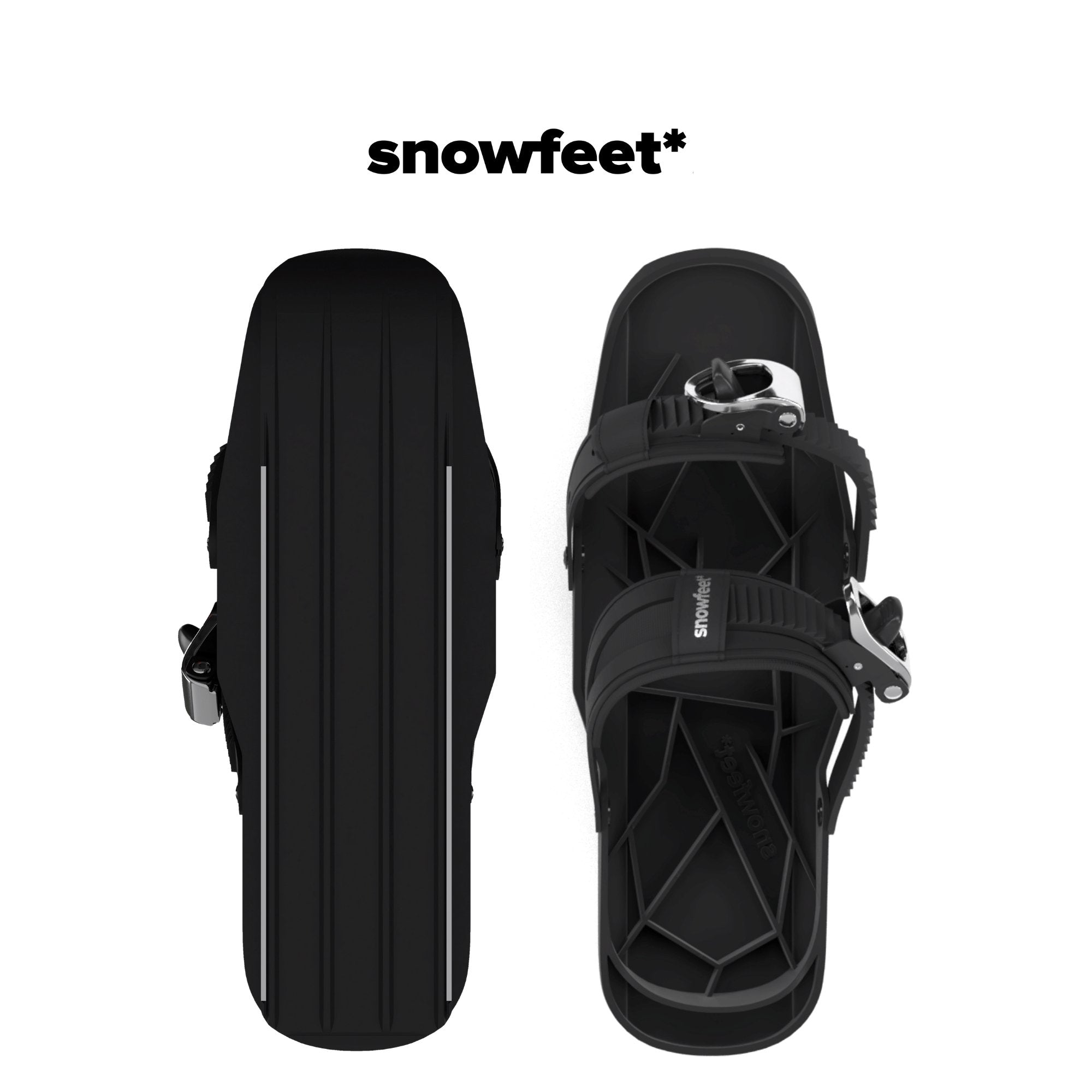
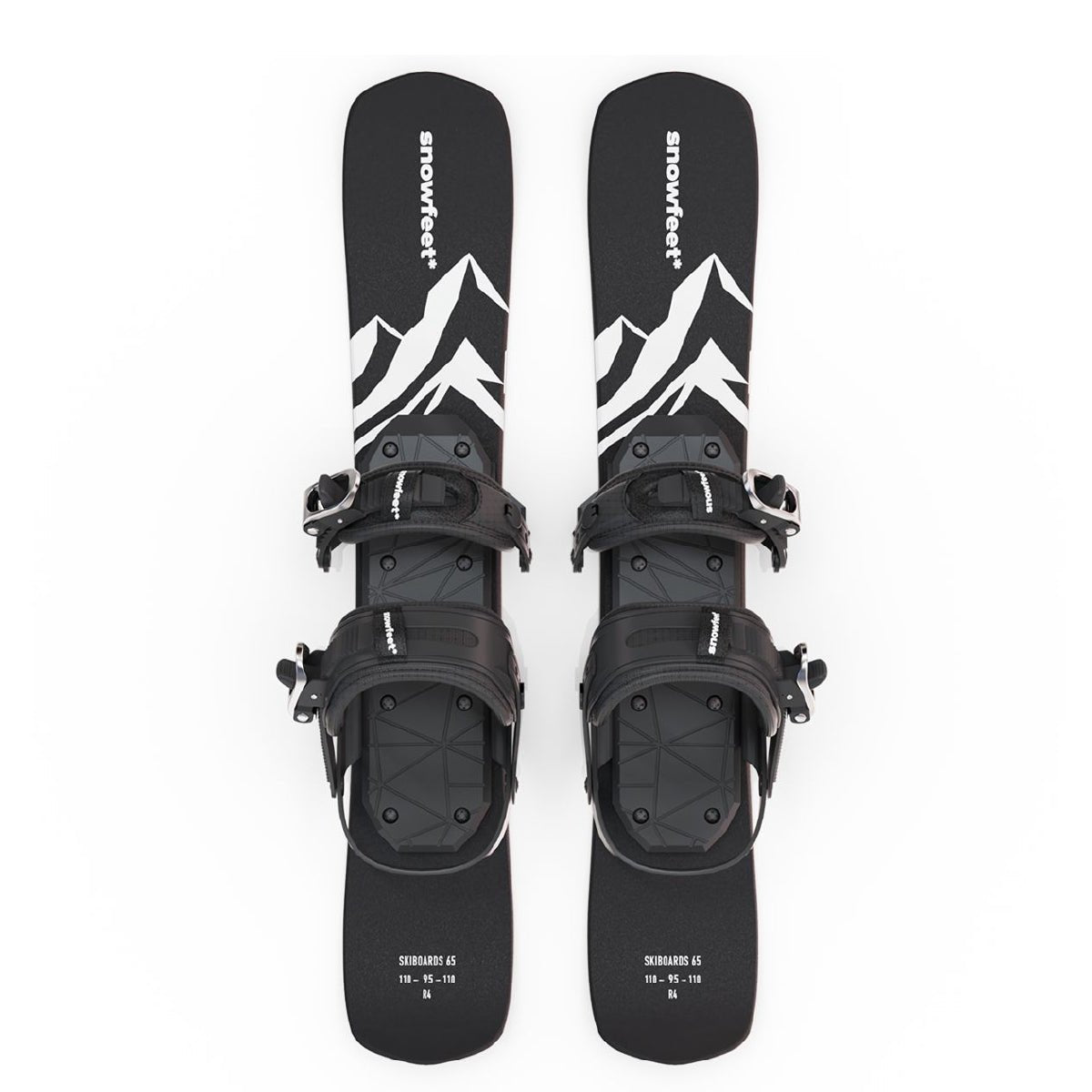
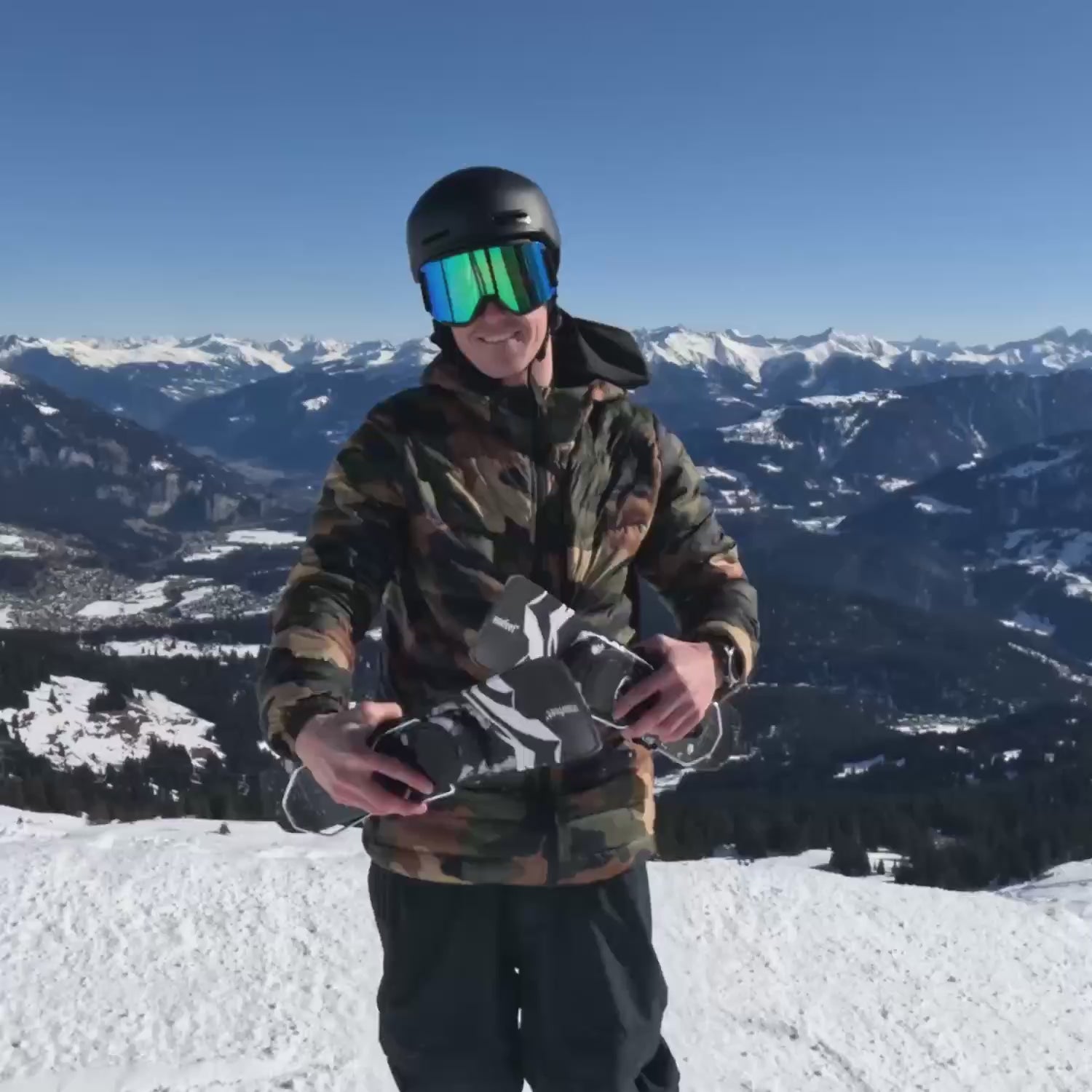
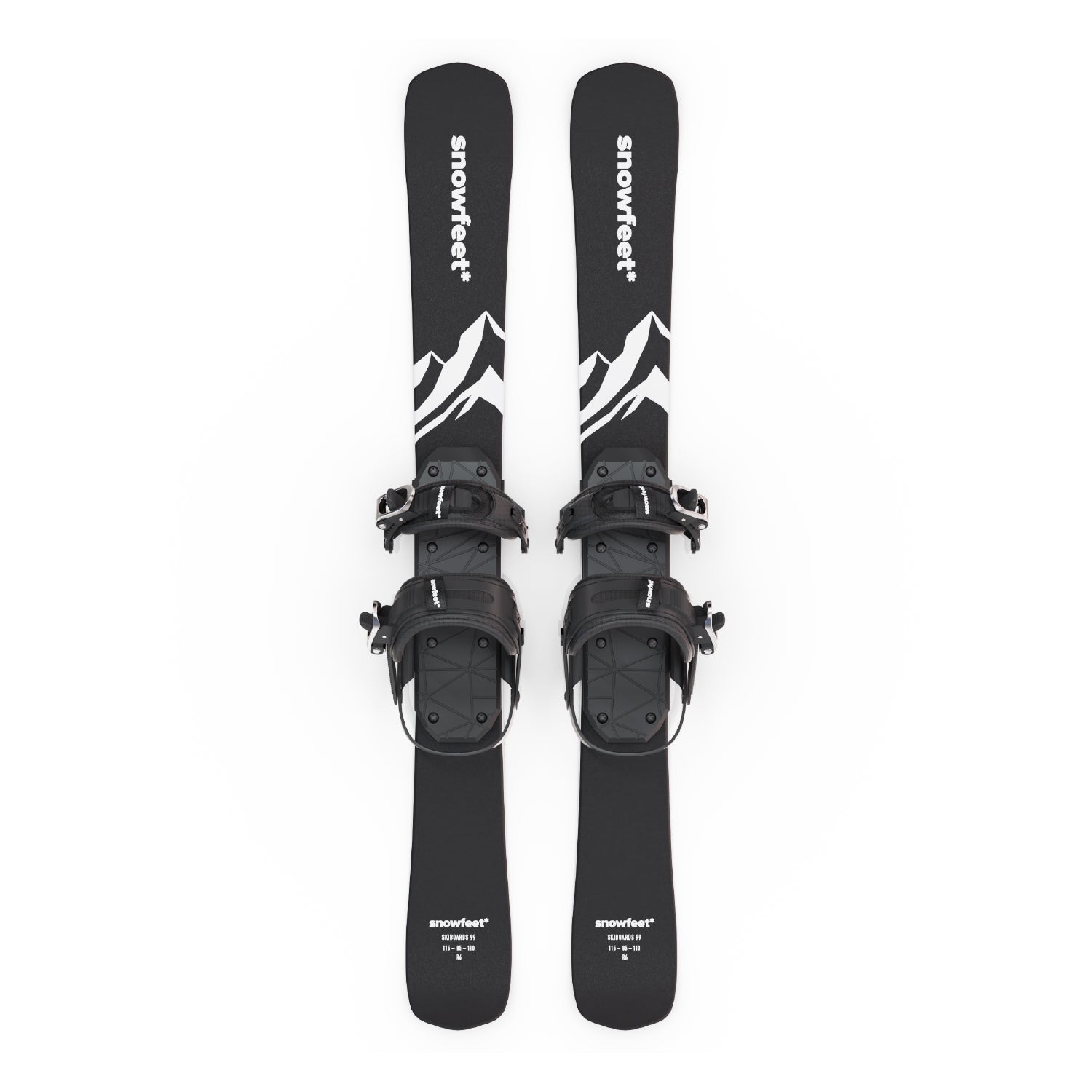
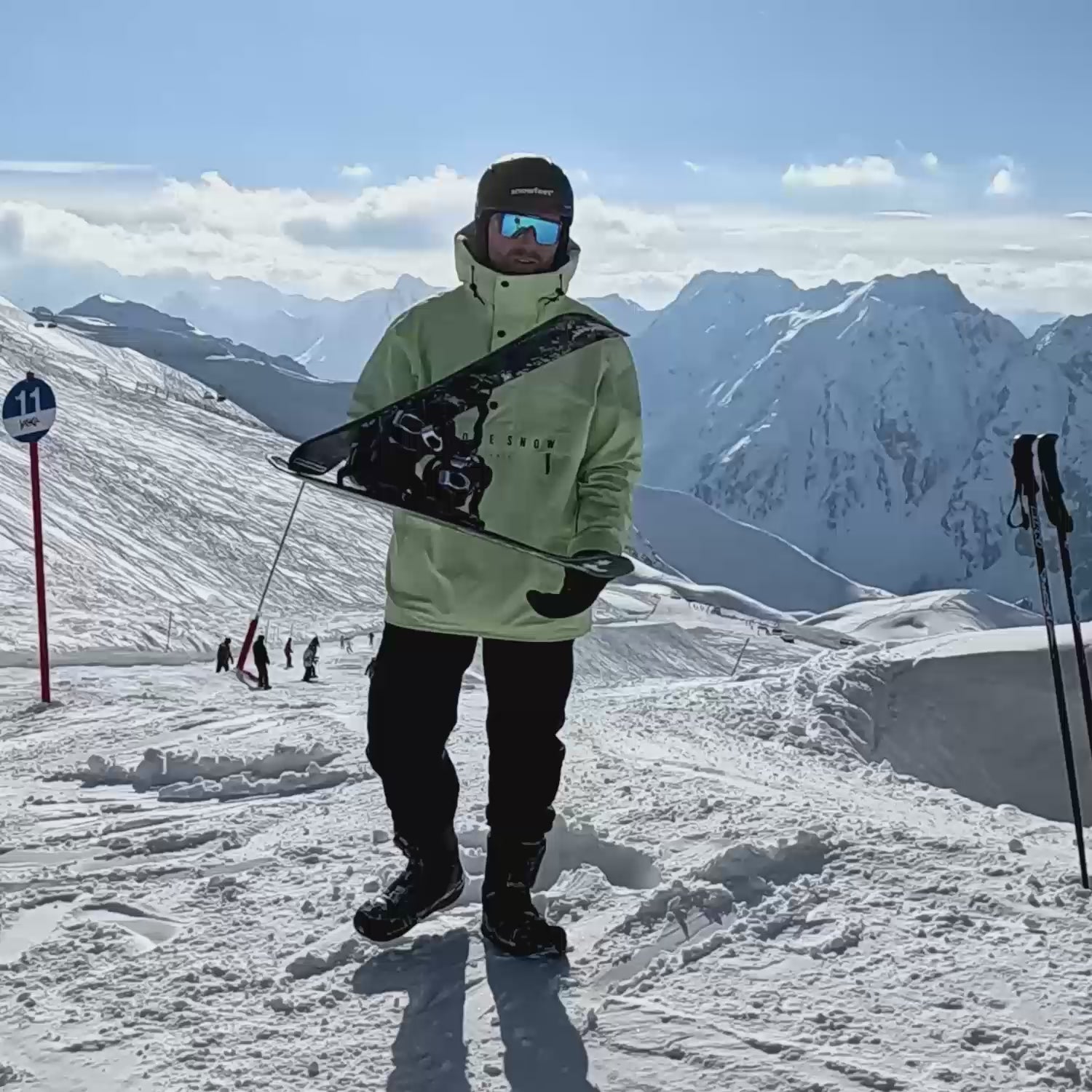
Leave a comment
This site is protected by hCaptcha and the hCaptcha Privacy Policy and Terms of Service apply.